The rise of occupancy sensors and vacancy sensors has marked a significant advancement in automation technology. These devices, which include ultrasonic sensors and PIR (Passive Infrared) sensors, have transformed the way we think about motion detection and the management of light and energy. The importance of distinguishing between these two types of sensors—occupancy and vacancy—cannot be overstated, as each plays a unique role in the quest for reducing energy consumption and enhancing convenience.
Overview of Occupancy Sensors
Occupancy sensors, pivotal in modern energy conservation strategies, automatically control lighting and HVAC systems based on the detected presence of individuals in a space. These sensors are integral to reducing unnecessary energy consumption, thereby supporting both economic and environmental goals.
How Occupancy Sensors Work
Occupancy sensors utilize various technologies to detect human presence and activity within a designated area. The most common technologies include Passive Infrared (PIR) and ultrasonic sensors. PIR sensors operate by detecting the infrared radiation naturally emitted by humans. They require a direct line of sight to the occupant, making them suitable for open spaces where obstructions are minimal. Ultrasonic sensors, on the other hand, emit high-frequency sound waves that reflect off moving objects, such as people. These sensors do not require a line of sight and are effective in areas with obstructions, making them versatile for a wide range of applications.
Benefits and Features
The primary benefit of occupancy sensors is their ability to significantly reduce energy usage by ensuring lights operate only when needed. This not only leads to cost savings but also extends the lifespan of lighting fixtures. Occupancy sensors enhance convenience by automating lighting control, eliminating the need for manual switch operation, which is particularly useful in spaces where hands-free operation is preferred. Advanced models of occupancy sensors incorporate features like adjustable sensitivity settings, real-time data collection for occupancy analytics, and integration capabilities with other building management systems for enhanced operational efficiency.
Common Applications
Occupancy sensors are widely used in various settings to optimize energy use and improve convenience. Common applications include commercial buildings, educational institutions, healthcare facilities, and residential properties. In commercial settings, these sensors are often installed in conference rooms, restrooms, and other intermittently used spaces. Educational institutions utilize them in classrooms and libraries to ensure lights are used only when these areas are occupied. In healthcare facilities, occupancy sensors contribute to safety by maintaining well-lit conditions, thereby preventing accidents and enhancing security.
By integrating occupancy sensors into building design, businesses and homeowners alike can achieve significant energy savings while also contributing to a more sustainable future.
Overview of Vacancy Sensors
Vacancy sensors, similar to occupancy sensors, play a crucial role in energy conservation but with a distinct operational approach that emphasizes manual initiation of lighting. These sensors are integral in environments where control over lighting needs is preferred.
How Vacancy Sensors Work
Vacancy sensors require an individual to manually activate the lighting through a light switch. Once the lights are on, the sensors monitor the space for occupancy. If no motion is detected after a set period, the lights automatically turn off. This feature ensures that energy is not wasted by leaving lights on in unoccupied spaces. The sensors typically use technologies such as Passive Infrared (PIR) or ultrasonic mechanisms to detect presence, although they do not activate the lights until manually switched on.
Benefits and Features
The primary advantage of vacancy sensors is the energy efficiency gained by avoiding unnecessary use of lighting. Since the lights are only turned on when needed, there is a direct reduction in power consumption. Additionally, these sensors allow occupants to decide whether or not artificial lighting is required, which can be particularly useful in areas that receive ample natural light during certain times of the day. This manual control can also lead to further energy savings because occupants may choose not to use the lights at all if the natural lighting is sufficient.
Common Applications
Vacancy sensors are ideal for use in high-traffic areas such as hallways, children's rooms, or bathrooms where lights are frequently needed but not continuously. They are also beneficial in spaces where occupants may prefer to control when the lighting is activated, such as in conference rooms or offices that have variable natural light throughout the day. In educational settings, such as classrooms, these sensors help ensure that lights are used only when necessary, thereby conserving energy while maintaining the flexibility of manual control.
Key Differences Between Occupancy and Vacancy Sensors
Activation Method
Occupancy sensors and vacancy sensors differ primarily in their activation methods. Occupancy sensors are designed to automatically turn on lights or equipment when movement or presence is detected in an area. This feature is particularly advantageous in spaces like basements, garages, and bathrooms where manual light activation can be inconvenient. Conversely, vacancy sensors require manual activation, typically through a light switch, and only then will they automatically turn off the lights when no presence is detected. This manual-on feature allows occupants to decide if artificial lighting is necessary, potentially conserving more energy by relying on natural light when available.
Energy Efficiency
Both sensor types contribute to energy savings, but they do so in different ways. Occupancy sensors reduce energy consumption by ensuring that lights and HVAC systems are only active when the area is occupied. This automatic control can significantly lower power usage, especially in spaces that are not continuously used. On the other hand, vacancy sensors often lead to greater energy efficiency because they require manual activation. This setup ensures that lights remain off unless specifically needed, reducing unnecessary energy use and minimizing the chances of lights being left on by mistake.
Suitability for Different Environments
The choice between occupancy and vacancy sensors can also depend on the specific environment and user preferences. Occupancy sensors are ideal for high-traffic areas where it is inconvenient or impractical to manually turn on lights—areas such as public restrooms and hallways benefit greatly from these sensors. They are also useful in rooms where individuals may enter with their hands full, making it difficult to manually operate a switch.
In contrast, vacancy sensors are more suitable for areas where control over lighting is important, or where light usage is less frequent. They are particularly effective in spaces like conference rooms, private offices, or bedrooms, where occupants might prefer to use natural lighting during the day or may not need constant artificial lighting. Additionally, vacancy sensors can be a better choice in settings where the inadvertent activation of lights needs to be minimized, such as in rooms with pets or in television rooms, to avoid disturbances.
Advantages of Using Occupancy Sensors
Occupancy sensors offer a multitude of benefits that cater to energy conservation, enhanced security, and greater convenience across various environments. These devices are designed to optimize the use of lighting and HVAC systems by adjusting their operation based on the presence of people in a space, thus aligning with both economic and environmental objectives.
Energy Savings
A key advantage of occupancy sensors is their ability to significantly reduce energy waste. These sensors automatically turn off or dim the lights when a room is unoccupied, which can lead to substantial energy savings. Research from the Environmental Protection Agency (EPA) indicates that using occupancy sensors can reduce energy waste by up to 68% and increase energy savings by as much as 60%. This is particularly impactful in settings where lights and heating might otherwise be left on unnecessarily, such as in office spaces or during unoccupied hours in commercial buildings. The integration of occupancy sensors with lighting controls can further enhance these savings, allowing lights to dim based on room occupancy or in conjunction with daylight sensors, adjusting light output in response to natural light availability.
Increased Security
Occupancy sensors also enhance security within buildings. By automatically turning on lights when someone enters an unlit area, these sensors provide immediate illumination, which is crucial for both safety and security. This automatic lighting is especially important in places like stairwells, hallways, and exterior access points where poor lighting can pose significant risks. Additionally, advanced occupancy sensors can be integrated with building management systems, including badge access controls, to monitor and restrict access to different areas, ensuring that only authorized individuals enter sensitive or secure spaces.
Convenience in Certain Spaces
The convenience offered by occupancy sensors is particularly notable in high-traffic and communal areas. These sensors eliminate the need for manual light switches, which is not only a convenience feature but also a hygienic benefit, reducing the need to touch common surfaces that could spread germs. In environments such as hospitals or care homes, where hygiene is paramount, occupancy sensors can significantly contribute to infection control measures. Furthermore, in corporate or educational settings, these sensors ensure that lights are only used when areas are occupied, thereby avoiding the inconvenience and energy waste associated with manually turning lights on and off.
By integrating occupancy sensors, facilities can achieve a balance between operational efficiency, safety, and energy management, making them a valuable addition to modern building automation systems.
Advantages of Using Vacancy Sensors
User-Controlled Lighting
Vacancy sensors empower occupants with the ability to manually control lighting, which is especially beneficial in environments where natural light is sufficient during certain times of the day. By allowing manual activation of lights, typically via a wall switch, users can decide whether or not to use artificial lighting based on their immediate needs and preferences. This level of control not only enhances user comfort but also contributes to energy efficiency, as lights are only turned on when deemed necessary by the occupant.
Reduced False-On Scenarios
One of the significant advantages of vacancy sensors over occupancy sensors is their ability to minimize false activations. Since vacancy sensors require manual activation, the lights will only turn on when a person physically switches them on. This feature is crucial in reducing energy waste from lights being turned on unnecessarily due to misdetected motion. Additionally, this manual-on approach helps in maintaining optimal use of lighting without the interference of sensors mistakenly detecting minor or irrelevant movements.
Ideal for Daylit Areas
Vacancy sensors are particularly advantageous in spaces that receive ample daylight. These sensors allow for the use of natural sunlight during the day, reducing the dependency on artificial lighting. In such scenarios, the vacancy sensors will not activate the lights unless manually turned on, ensuring that electric lighting is used only when absolutely necessary. This approach not only saves energy but also helps in maintaining a natural ambiance in the space, which can be more aesthetically pleasing and conducive to activities like reading or working.
Factors to Consider When Choosing Between Occupancy and Vacancy Sensors
Room Type and Usage
The choice between occupancy and vacancy sensors largely depends on the specific room type and its usage patterns. Occupancy sensors are typically more suitable for areas that see irregular and unpredictable use, such as conference rooms, restrooms, or storage areas. These spaces benefit from the sensors' ability to automatically turn on lights upon detecting motion, thereby ensuring convenience and energy efficiency. Conversely, vacancy sensors are ideal for spaces where manual control is preferred or where there is significant entry and exit activity, such as in high-traffic hallways or children's rooms. The manual-on feature of vacancy sensors allows users to decide when lighting is necessary, which can significantly reduce energy consumption in areas that remain unoccupied for extended periods.
Lighting Requirements
When considering the installation of either sensor type, it's crucial to assess the specific lighting requirements of each space. Occupancy sensors can automatically adjust lighting based on the presence of individuals, which is beneficial in areas requiring constant illumination for safety and security, like stairwells and corridors. These sensors ensure that lighting is never inadvertently left off, providing a continuous reduction in light usage during unoccupied times. On the other hand, vacancy sensors provide a more controlled approach, useful in areas with ample natural light. They allow the lighting to remain off until manually activated, which can be particularly advantageous in spaces like offices or meeting rooms during the daytime, where natural lighting suffices.
User Preferences
The personal preferences of the users occupying the space also play a critical role in deciding between occupancy and vacancy sensors. Occupancy sensors offer maximum convenience by eliminating the need to manually operate light switches, making them ideal for areas such as bathrooms and kitchens where hands-free operation is desirable. This feature is especially useful in environments that require strict hygiene standards, like healthcare facilities and food preparation areas. In contrast, vacancy sensors are better suited for areas where occupants may prefer minimal disturbance from automatic lighting adjustments, such as in bedrooms or TV rooms. These sensors cater to user preferences by providing the option to manually control the lighting, thereby avoiding unnecessary disturbances during rest or leisure activities.
By carefully evaluating these factors, individuals and organizations can make informed decisions that align with their operational needs and preferences, ensuring optimal functionality and energy efficiency in their environments.



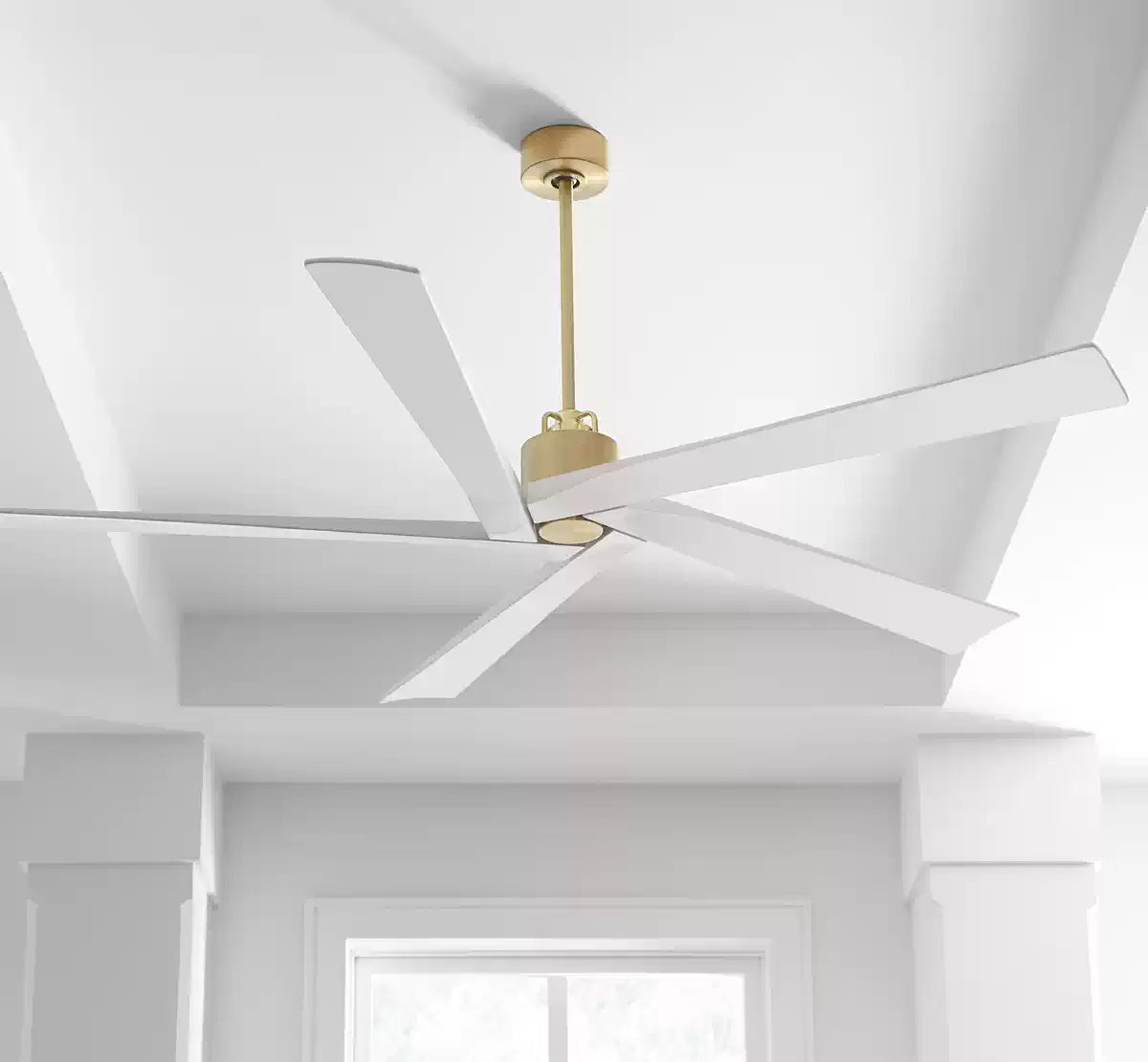
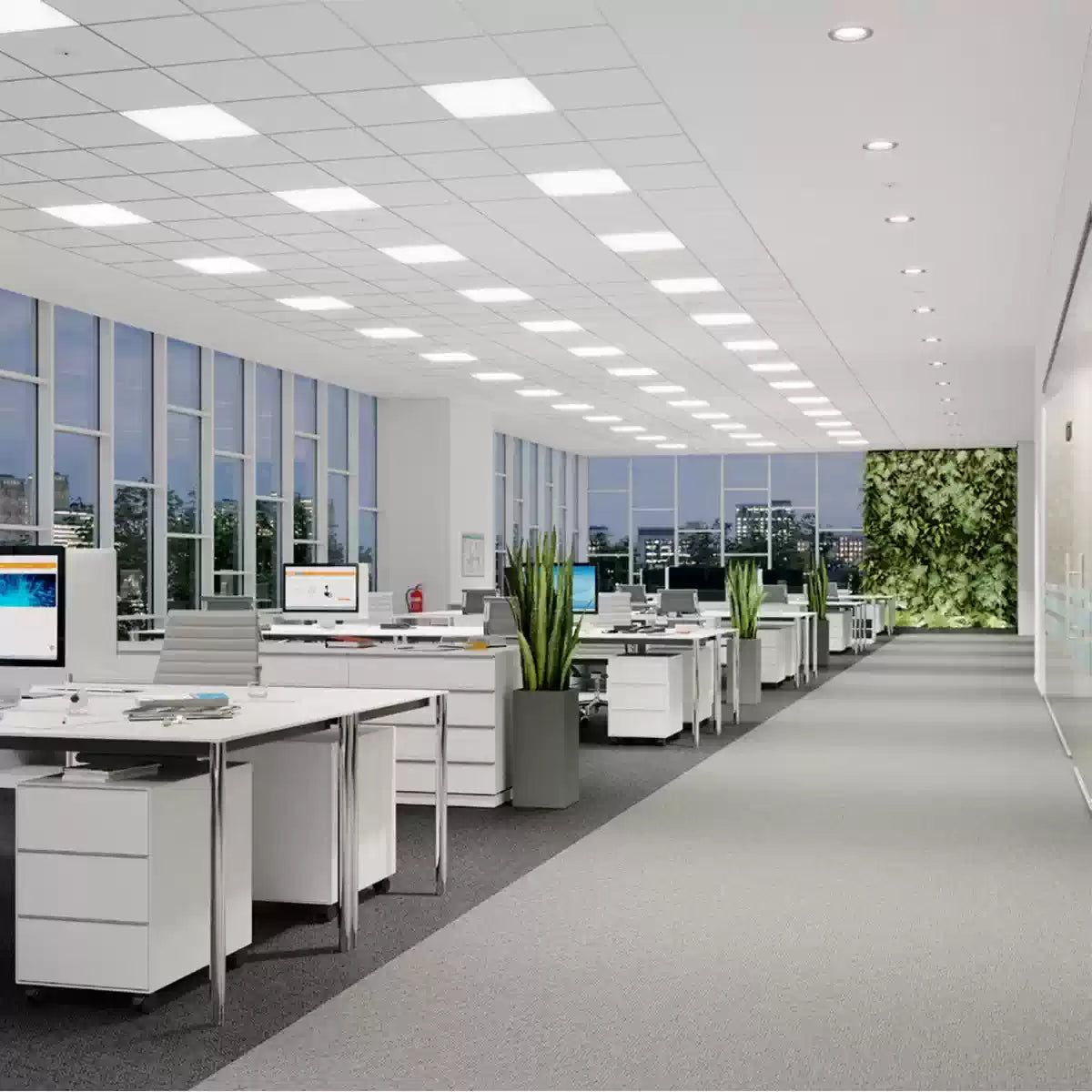
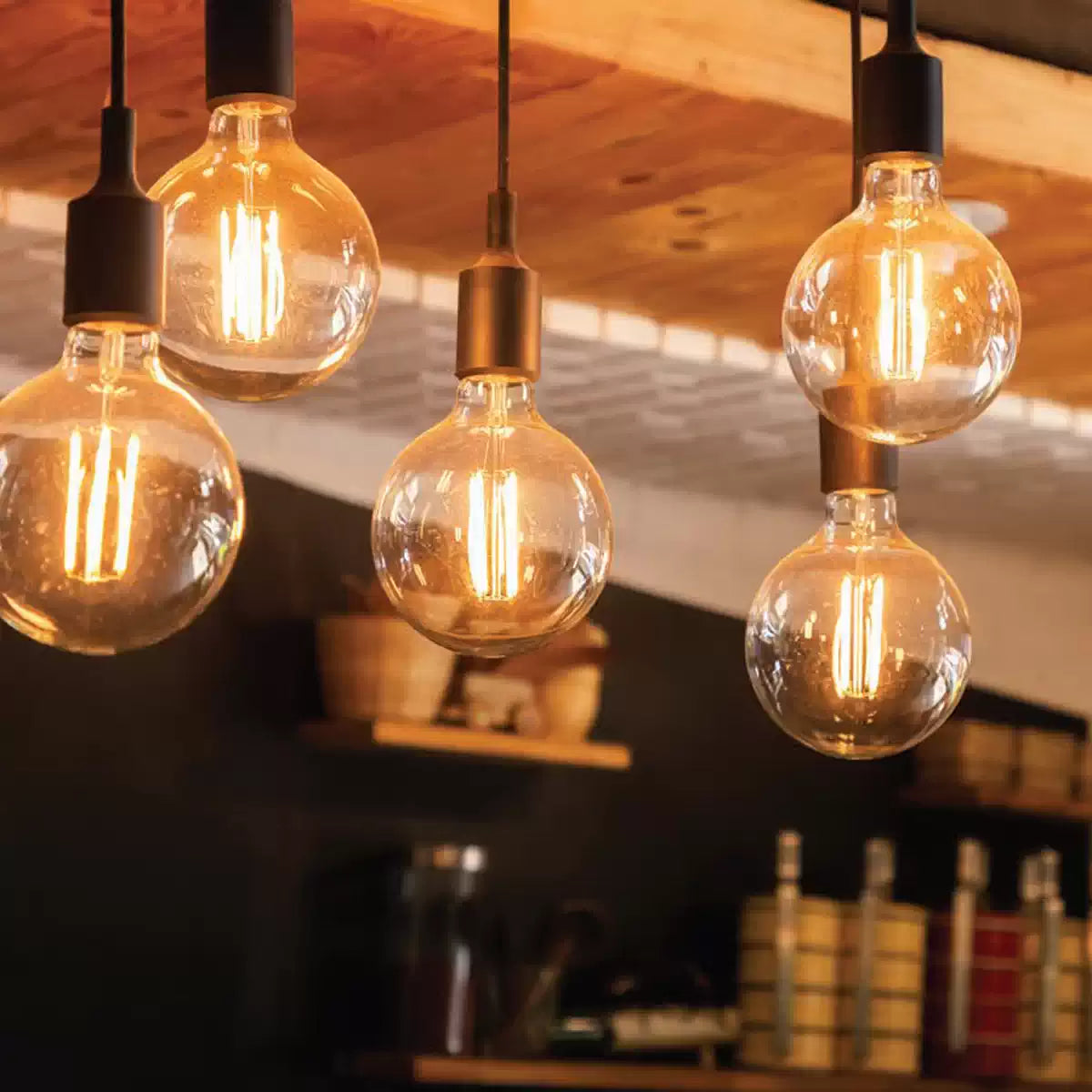
























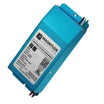













































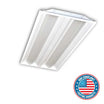















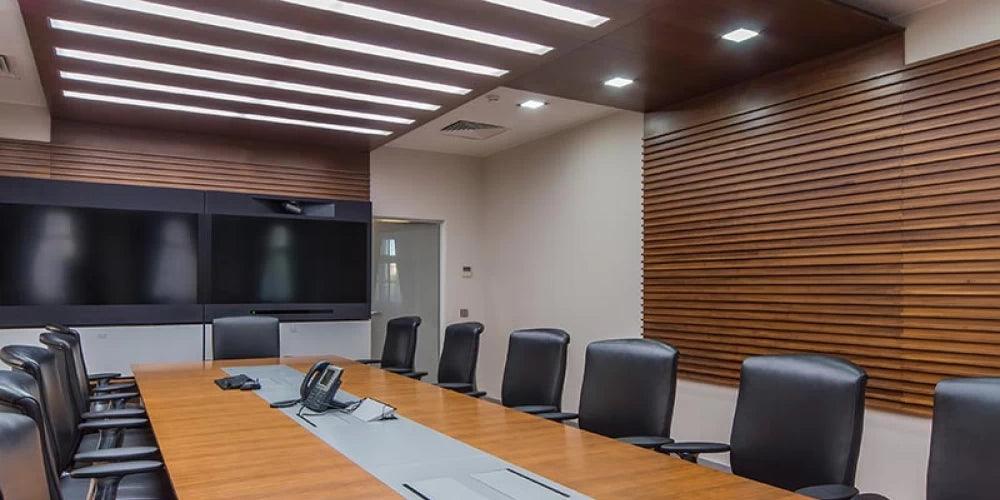
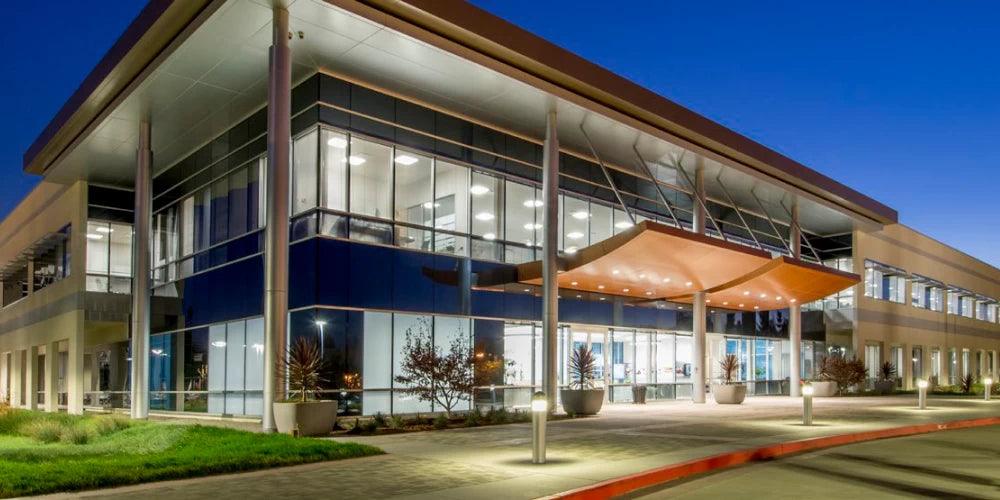
Leave a comment
All comments are moderated before being published.
This site is protected by hCaptcha and the hCaptcha Privacy Policy and Terms of Service apply.